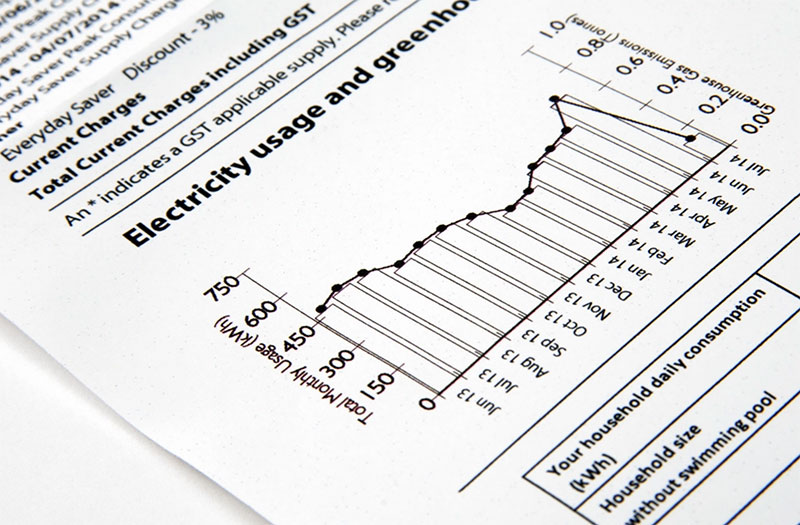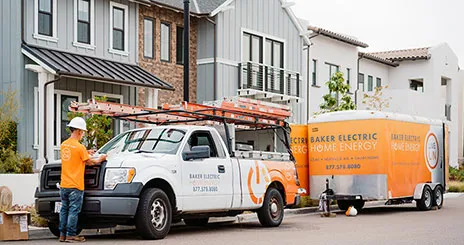
The 2022 Inflation Reduction Act and the 30% Tax Credit Explained
For solar, the Investment Tax Credit (ITC) is the primary federal incentive to encourage the installation of residential solar and/or energy storage systems and can put thousands back in your pocket. The Inflation Reduction Act (IRA) increases the current ITC from 26% to 30% of the solar and/or energy storage contract price. For an average system, this adds up to an average of $1,500 in additional tax credit savings that is available to you today!
Great News! The Investment Tax Credit is now 30% putting up to an extra $1,500 back in your pocket when you get a solar or home battery system!
A key focus of the IRA is to address future energy needs and the cost of energy in America. Households that make energy-efficiency focused upgrades will get more than just the direct benefits of lower electric bills. Financial incentives are available to home and business owners to get indirect financial benefits. This includes a tax credit for:
- New and used electric vehicles
- The 30% tax credit for going solar
- A tax credit for home energy efficiency projects
- Home energy rebates for a reduction in your energy consumption
- Rebates for energy-efficient appliances
How to Get Your Money
The tax credit is a dollar-for-dollar reduction in the amount of income tax you would otherwise owe the federal government. For example, claiming an $8,000 federal tax credit reduces the federal income taxes you owe by $8,000.
This means you need tax liability. This is the amount of federal tax you owe in a calendar year (whether paid through withholdings or as a lump sum). If you owe taxes at the end of the year, the tax credit reduces what you pay. If you’ve already had federal taxes withheld throughout the year, the tax credit will be part of the calculation for a refund when you file your taxes.
If you have insufficient tax liability you can roll all or part of the credits into future years for as long as the tax credit is in effect.
Useful links:
- 2020 Form 5695 (irs.gov)
- 2020 Instructions for Form 5695 (irs.gov)
- SEIA ITC Factsheet
- DSIRE (dsireusa.org)
- Federal Tax Credits for Consumer Energy Efficiency | ENERGY STAR
Investment Tax Credit FAQs
How do I qualify for the ITC?
- Have sufficient tax liability (see above).
- Your solar or energy storage project must be installed and made operational within the year that you claim the tax credit.
- You own the solar or energy storage project. A financed system is also considered eligible, as is one purchased outright.
- Home batteries are included in the credit, if all the stored energy is generated by solar panels.
- The solar or energy storage system is not being re-used or re-installed.
- For solar installations that require new roofing, SOME of those costs are also covered by the Federal Solar Tax Credit. You’ll need to contact a tax professional to determine your eligibility for these circumstances.
When am I eligible for the solar tax credit?
You’re eligible for the federal solar tax credit if your system is installed AND has permission to operate from your local utility before the end of the calendar year.
My ITC is higher than the taxes I’ll owe this year, what should I do?
You can roll over some of the credit that you would receive to a following year’s taxes.
Is the Investment Tax Credit going to expire?
Yes. However, because of the Inflation Reduction Act it is not set to step down to 26% until 2032.
*Disclaimer: The tax credit information contained within this website is provided for informational purposes only and is not intended to substitute for expert advice from a professional tax/financial planner or the Internal Revenue Service (IRS). The information herein contained pertains to current legislation and these laws can be changed at any given time.



